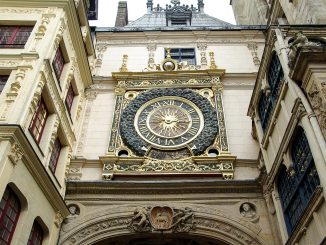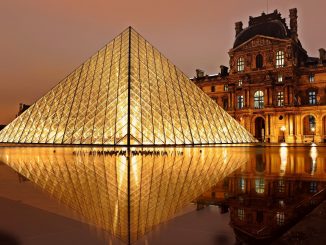
Next to the Eiffel Tower, the Arc de Triomphe (Arc de Triomphe de l’Étoile) is one of the most famous monuments in Paris. On the western edge of the Champs-Élysées pretty much directly in the center of the Place Charles de Gaulle, the Arch de Triomphe honors the soldiers who fought and died for France during the French Revolution and Napoleonic Wars.
The Arc de Triomphe was designed by Jean Chalgrin in 1806, and heavily inspired by the Roman Arch of Titus. Paris’ Arc was the tallest triumphal arch for more than a hundred years until the Monumento a la Revolución was built in Mexico City in 1938. The Arch of Triumph in Pyongyang, completed in 1982, is directly modeled on the Arc de Triomphe but is slightly taller.
Arc de Triomphe Facts
- Before the design for the Arc de Triomphe was decided on there was almost a three story elephant built on the site.
- The original construction cost 9.3 million francs, which at the time was a serious amount of money.
- The Arc that we are familiar with today was commissioned by Napoleon in 1806, but took 30 years to complete.
- Napoleon never had the opportunity to see the finished product since it wasn’t completed for 15 years after his death.
- Napoleon did finally pass through the completed Arc in 1840. It happened when his body was moved to its final resting place.
- Three weeks after the Paris victory parade in 1919 Charles Godefroy flew his fighter plane through the Arc de Triomphe in tribute to the airmen killed in the World War I.
- There is a memorial flame at the Arc de Triomphe that has been continuously burning since November 11th, 1923.
- Charles de Gualle and Jacques Chirac both survived assassination attempts at the Arc de Triomphe.
- Beneath its vault lies the Tomb of the Unknown Soldier from World War I.

